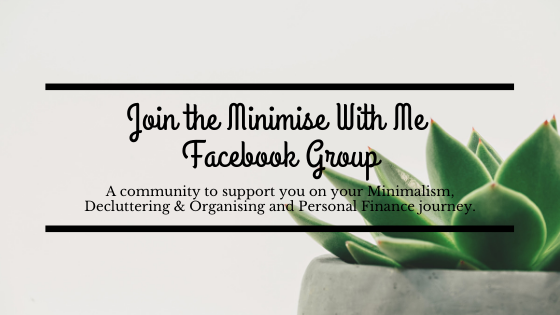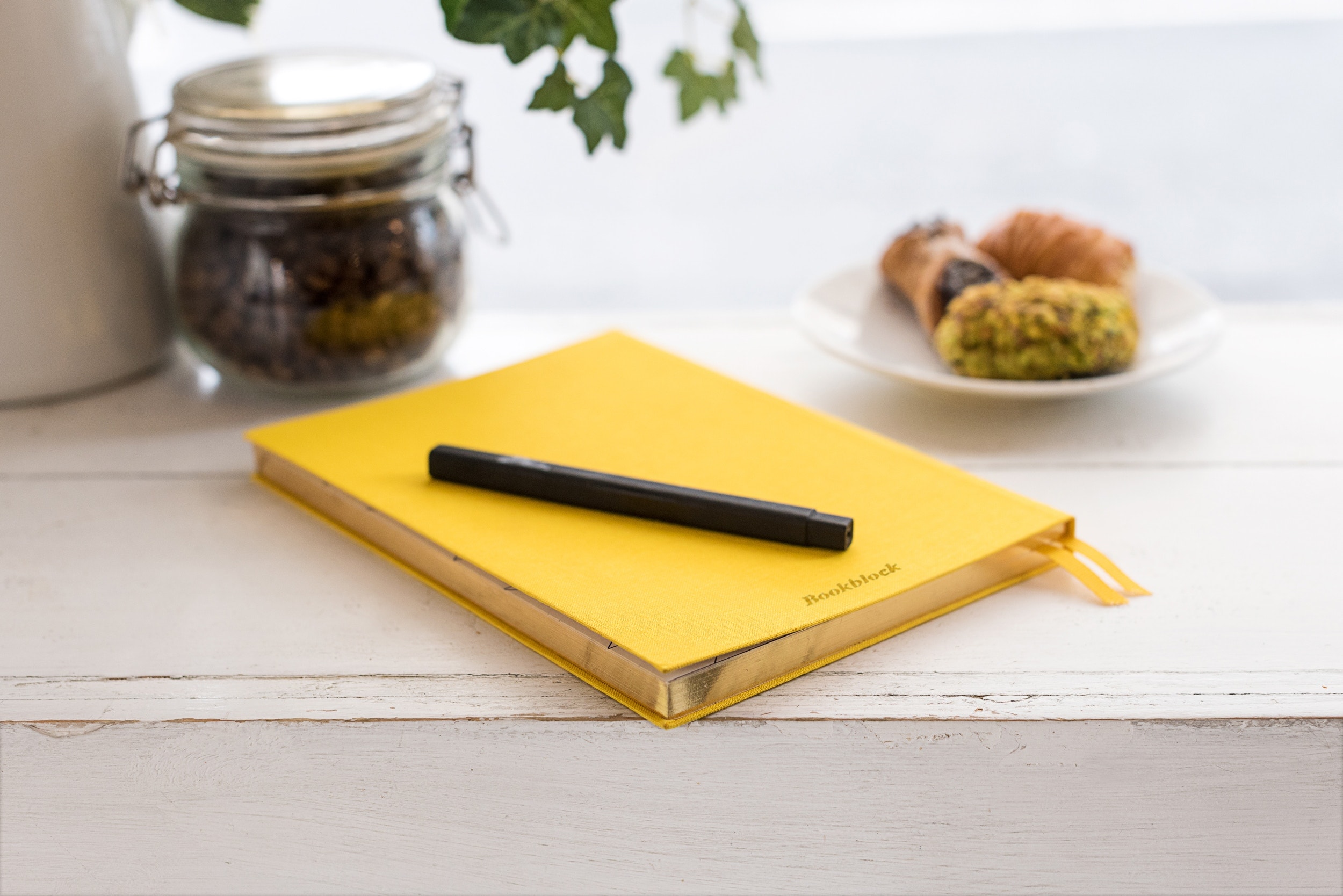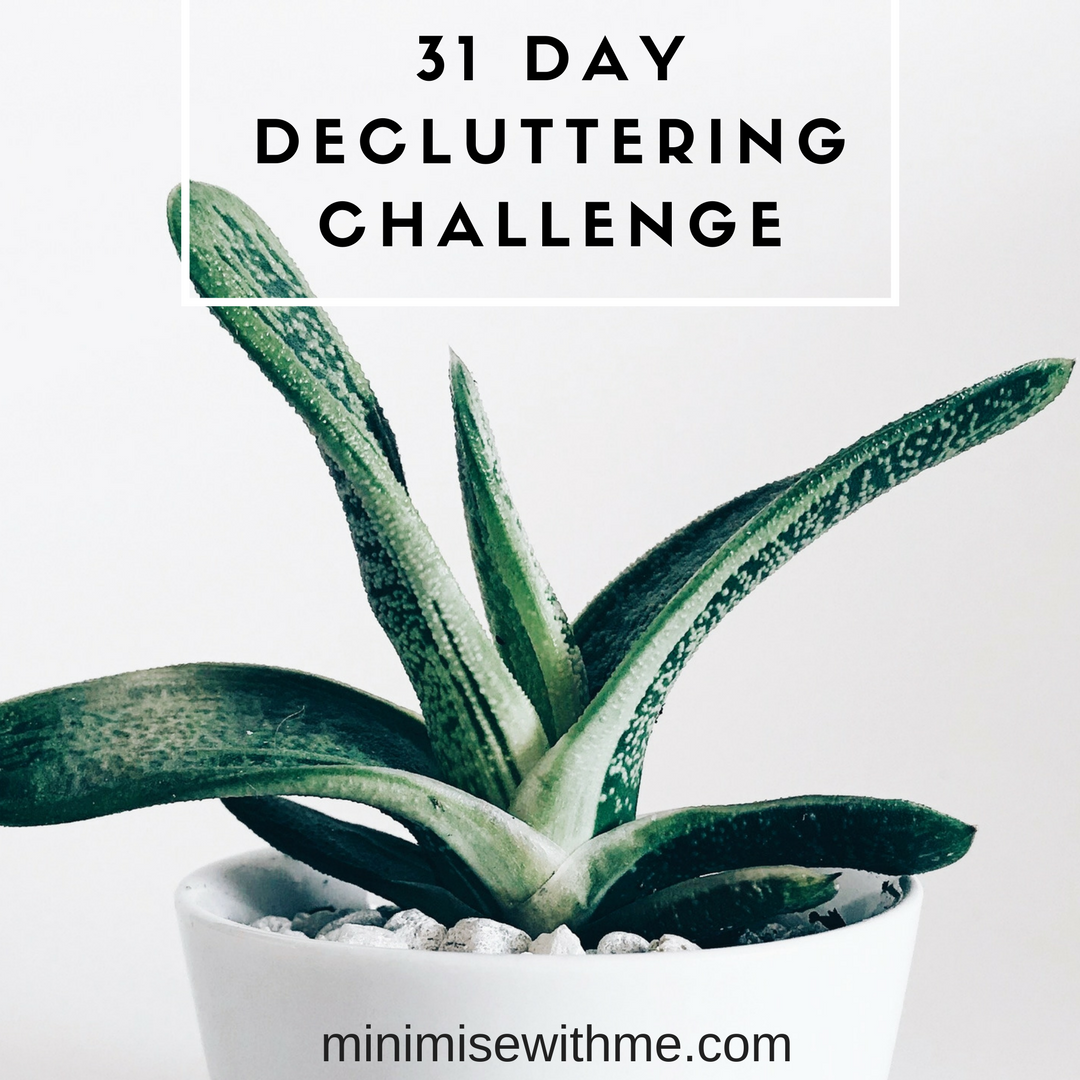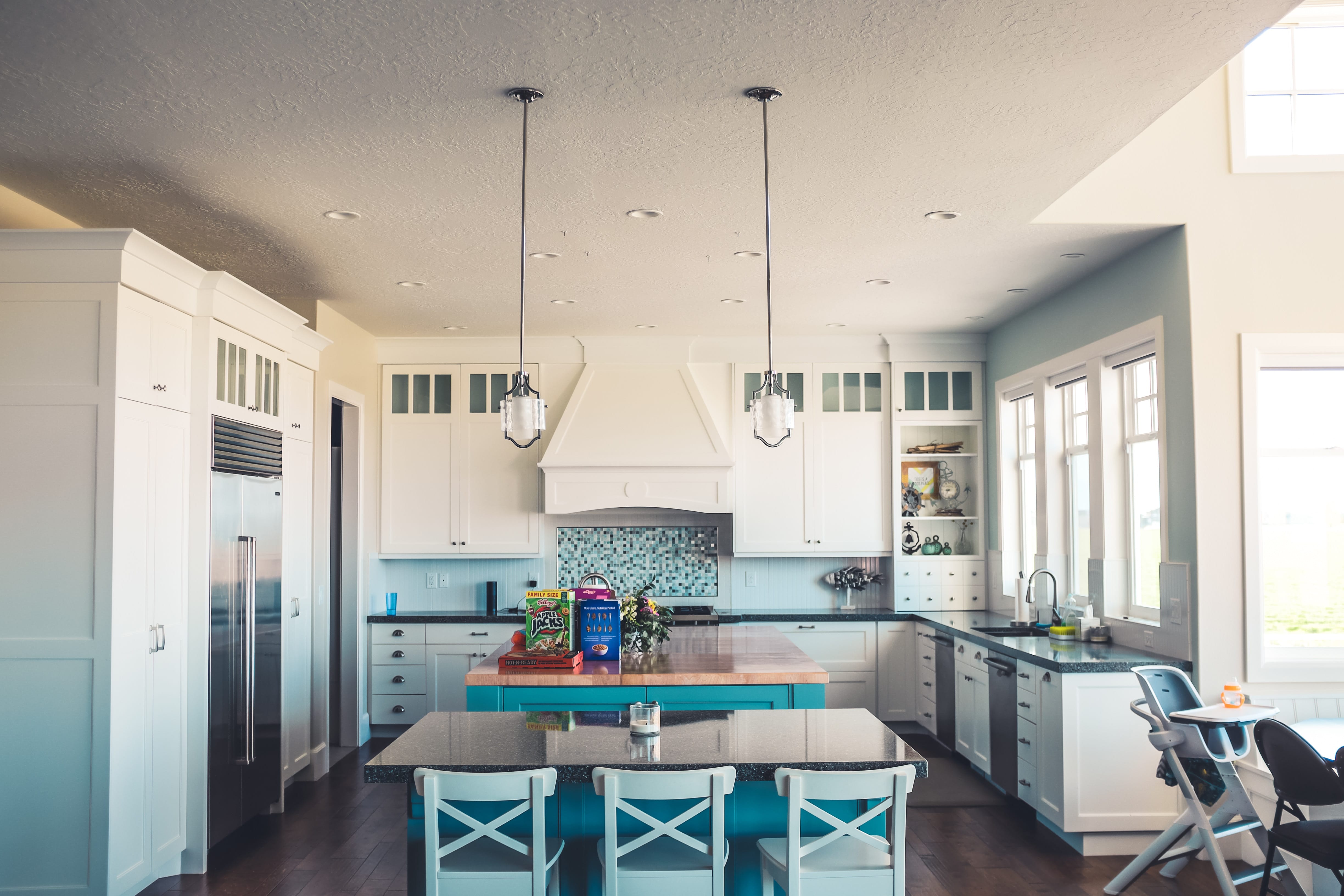It appears more and more likely that many cities around the world will soon be in some form of self-isolation. It’s a scary reality, and not something any of us ever imaged could happen. In order to help you keep your spirits up and keep busy, if you are stuck at home in self-isolation for any period of time over the coming weeks, I threw together some Organising, Self Care and Fun activities to help you keep your sanity and take advantage of a little bit of extra free time.
Becoming Minimalist also has 14 you can add to the below list to Help You Declutter Your Home While Stuck Inside, so if you are keen for more ideas on how to keep busy, be sure to check that out as well!
Here are 32 Things to Keep You Busy During Self Isolation.
Organising Activities
If you are going into self isolation in your country, and unfortunately more and more countries are bringing that in, we need to keep ourselves busy and hopefully a little distracted from the constant stream of bad news. If you are stuck indoors it is a great time to get around to all those things you have been putting off around your home. Here are a few ideas to help you get organised and pass the time.
- Sort and organise your photo prints and photo albums. Throw out any photos that no longer bring you joy.
- Organise your paperwork. Go through your paperwork and recycle, shred and scan your paperwork, only keeping what is necessary to have in hard copy form.
- Clear out and organise your pantry. Review what is in your pantry and if anything needs to be disposed of. This will give you the opportunity to see what you do and don’t have and what you might need to stock up on.
- Clean your fridge. Throw out anything nasty and give everything a wipe down.
- Declutter the garage/basement. This is one of those jobs you most likely have put off for sometime. If you are stuck in doors, now is probably as good a time as ever to declutter things. Of course, you’ll have to keep one area to store any items you want to donate for the time being.
- Declutter and create a Capsule Wardrobe. Take the opportunity to go through your wardrobes and access what is and isn’t fitting or working anymore and set them aside in your donation pile. Select season appropriate clothing for the next three months and store the remainder away.
- Back up photos. It can be a great time to back up your valuable photo collections across your devices. Ideally in at least two locations, one in the cloud and one in physical form such as on a SSD.
- Reorganise cabinets. Go through your cabinets and tidy them up. Throw away any empty bottles and merge any that you safely can into one bottle if you find you have multiples of the same open.
- Gardening/ weeding. Get your gardens looking gorgeous so you can at least enjoy your outdoor area whilst you are stuck at home.
- Start any house projects you have been putting off. If you’ve got the paint, paint the areas you had been planning to, hang up any new frames or new curtains etc. I’m sure you already have a sizeable list started 🙂
- Look after your plant babies. I have recently adopted a huge number of plants. And looking after them takes a bit of time every few days, but is so worth it when they thrive! Keep them well watered, trim off any dead leaves and feed them when they need.
- Disinfect and spring clean your home (regardless of the season ;)). You can’t be too careful at them moment and that can be great motivation to give all surfaces and handles a wipe down. If you were as unlucky as me to miss out on grabbing any antibacterial wipes or sanitiser, you can create your own using The Organised Housewife’s DIY Antibacterial Wipes recipe. Of course check out whether this will be suitable for your benchtops etc. (NB: I am not a doctor of any sort, so I can’t attest to the effectiveness of this recipe against COVID19, but it is preferable to me than using nothing).
- Take up the Minimise With Me Declutter With Me Decluttering Course and get started on decluttering your entire home, one room at a time. This course will guide your through all areas of your home to help you declutter and simplify your life and remove the excess you’ve been carrying around for so long.
- Or grab my 101 Things to Declutter Right Now Printable to help you get started on a smaller declutter.
Self Care Activities
There is a lot of uncertainty around the world at the moment, with each country making it’s own decisions regarding this COVID19 virus. It’s important to take some time for ourselves to relieve any anxieties we have been carrying around. Stress is not good for us, so we need to be conscious of our stress levels and do what we can to destress. Some ideas you can do from home are:
15. Take a warm relaxing bath with some lavender scented wash or oil
16. Give yourself a hair treatment
17. Do a DIY facial, body or foot scrub using what you have in your pantry
18. Exercise. It is so important to be healthy to fight this virus, so make sure to incorporate some exercise into your daily routine to keep you healthy and strong. Some options to try are: Yoga, Pilates, Tabata, Weights and walking if you are allowed outside for exercise. Be sure to check out YouTube for some free routine videos!
Fun Activities
Depending on whether you live alone, with a partner or kids, here are some ideas to pass the time:
19. Call a friend or family member. You may not be able to leave your home, but you can always call loved ones to catch up and see how they are going.
20. Read one of your books on your bookshelf, you kept insisting you would read. If you have kids, find one or a few you can read to them so it can become a new family activity!
21. Crack out those board games
22. Set up a video console such as your old Wii or N64 console that have been collecting dust
23. Rewatch your fave shows or movies like Lord of The Rings or Harry Potter. We are currently rewatching the Scrubs series and loving it!
24. Find some Docos on your fave topics to watch. Some great places to find them are on Netflix, Youtube, ABC or SBS to name a few.
25. Catch up on your fave YTers videos
26. Read your favourite blogs
27. Learn a new language. Download the Duolingo app and practice a new language a bit each day. It is truly amazing how much progress you can make in even just a few weeks.
28. Practice your instrument. If you are a musician, or learning a new instrument you’ll have some extra time to fit practice in and learn some new songs you have been wanting to get to but haven’t had the time.
29. Learn a new skill, the options are endless and there.
30. Do arts and crafts. Whatever you enjoy, colouring in one of those adult colouring books, scrap booking, creating a artwork book for your kids etc.
31. Enjoy cooking. Without the rush of the daily grind you can be free to enjoy cooking a nice meal.
32. Bake, if you love baking take advantage of that free time to cook something yummy for your family.
Please let me know what activities you are going to do to keep you and your family entertained if you are required to go into self-isolation so we can keep those ideas flowing and hopefully we can all find a few things that will give us joy in this difficult time.
And I hope for all of you and your family and friends, that you stay safe and healthy and we can return to our regular lives as soon as possible. Let’s be kind to one another, reach out to loved ones that may be lonely and in need of help where we can and do our best to keep our anxieties at bay. We’re all in this together.
If you found value in this post, please share it to your friends and loved ones, who may be looking for some welcome distractions in the coming weeks.
![]()








